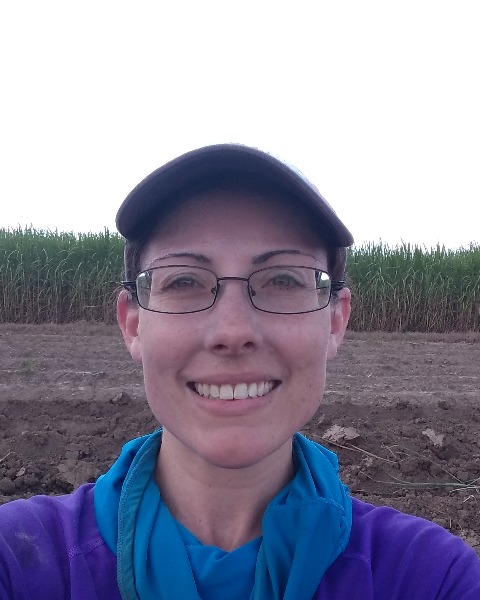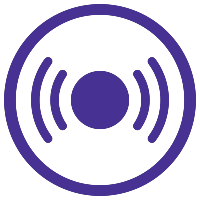Member Symposium
12: Kentucky farmers’ supportiveness of tactics for the enhancement of pollination and IPM in soybeans

Hannah J. Penn
USDA ARS Sugarcane Research Unit
Houma, Louisiana- JP
Jerrod Penn
Department of Agricultural Economics and Agribusiness, Louisiana State University and AgCenter
Baton Rouge, Louisiana .jpg)
Michael J. Cunningham-Minnick
University of Massachusetts Amherst
Amherst, Massachusetts- WH
Wuyang Hu
Department of Agricultural, Environmental, and Developmental Economics, The Ohio State University
Columbus, Ohio
Presenting Author(s)
Co-Author(s)
Beneficial insect conservation in agriculture is often studied in the context of integrated pest management (IPM). For instance, vegetative field edges provide valuable habitat and changing the timing of insecticidal sprays decreases risk for pollinators and other beneficial insects. However, the attitudes and confidence of US growers towards IPM implementation in traditional row-crop management remain understudied. We surveyed Kentucky soybean growers to determine their current management practices, attitudes towards pollinators, and beliefs about sources of pests/weeds. We also asked about their willingness to implement two management tactics –changing the timing of their insecticide sprays to avoid flowering and maintaining tree lined field edges. Our survey data indicate that Kentucky soybean growers already use several IPM approaches such as crop rotation, no-till soil management, and limited insecticide application for when pests were abundant. Growers believed that nationally, farmers can influence pollinator populations and that a portion of the soybean yield is due to pollinator activity within crop fields. However, they were less willing to maintain tree lines as habitat for pollinators and other beneficial insects out of concern for increased spread of weeds and insect pests. Given these data, we need to evaluate the perceived and actual trade-offs of weed and pest management in future on-farm conservation efforts for beneficial insects such as pollinators.

